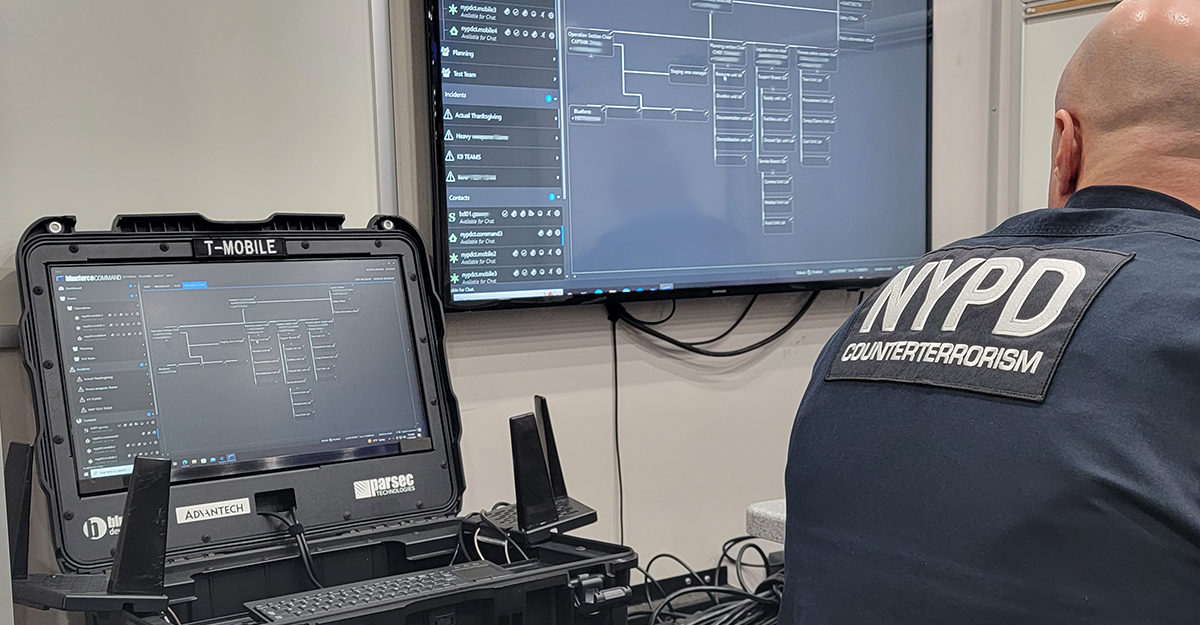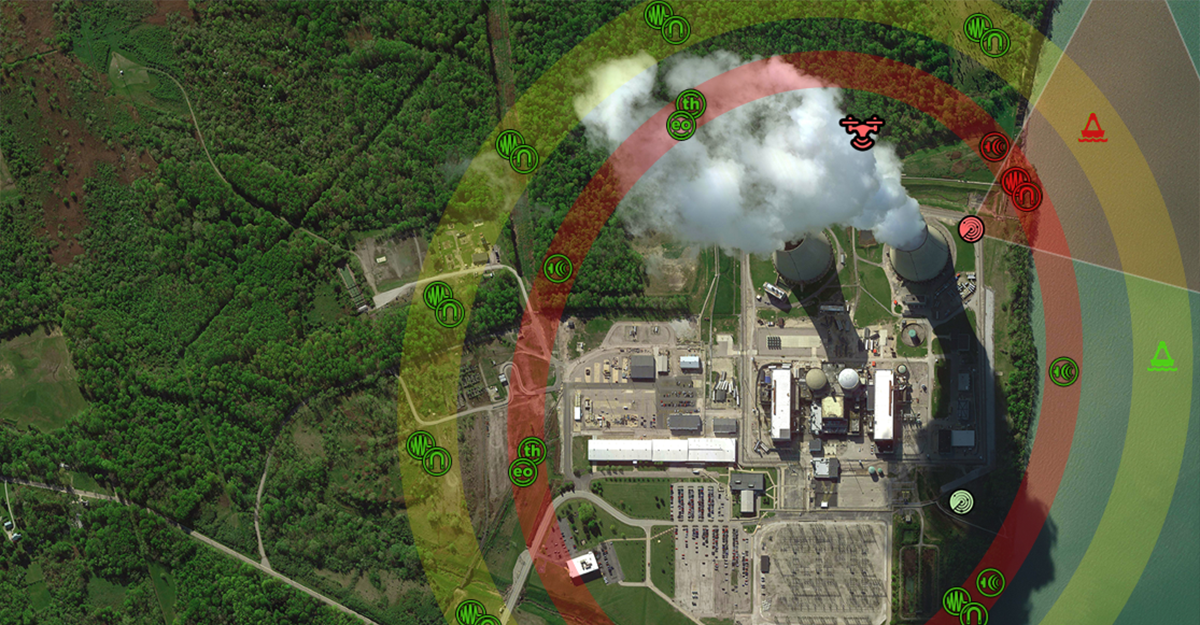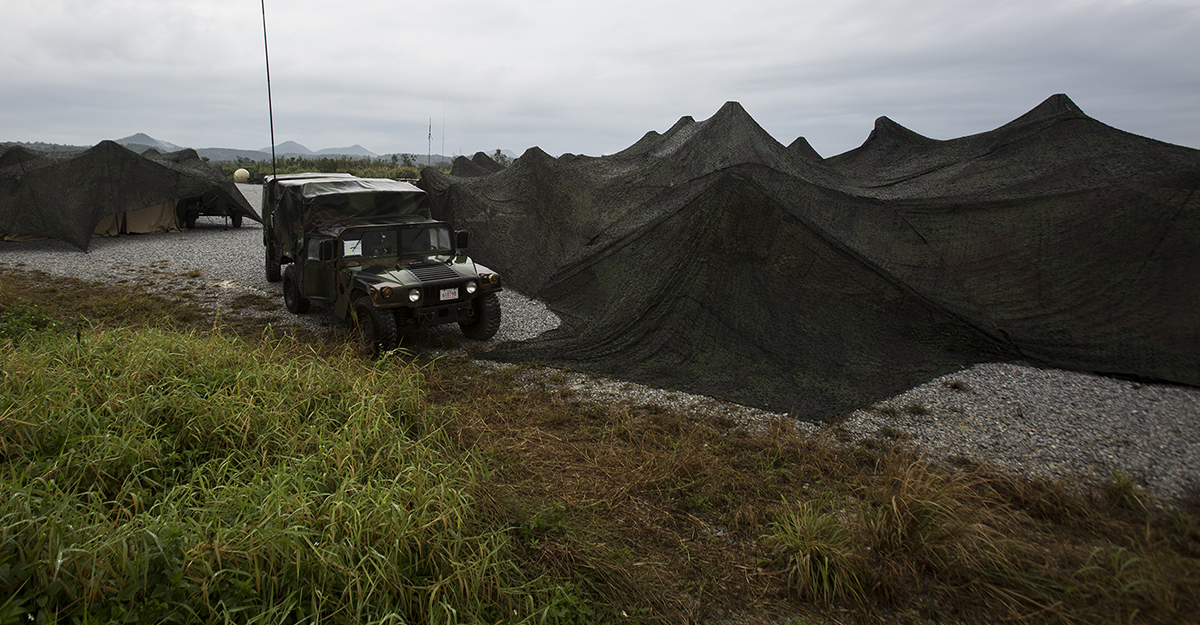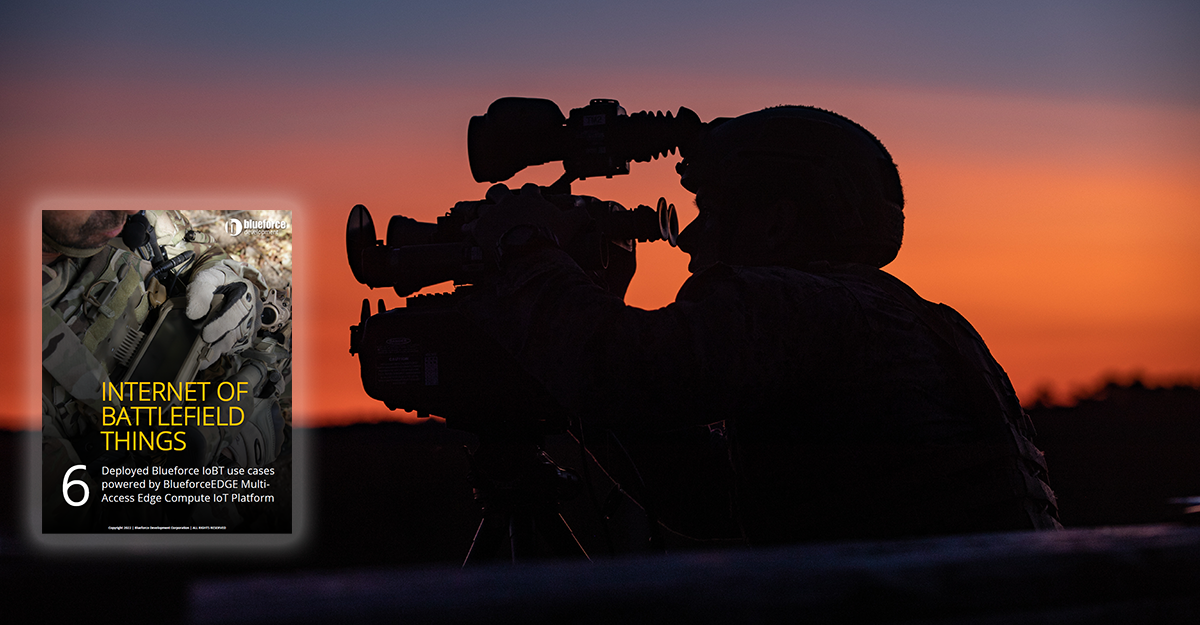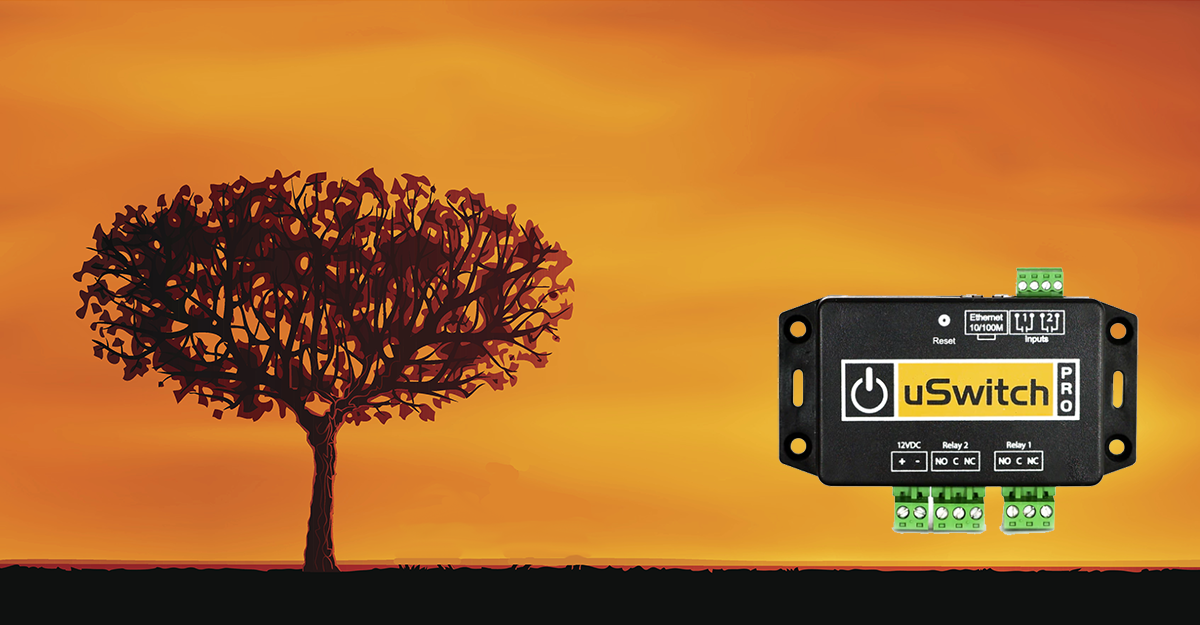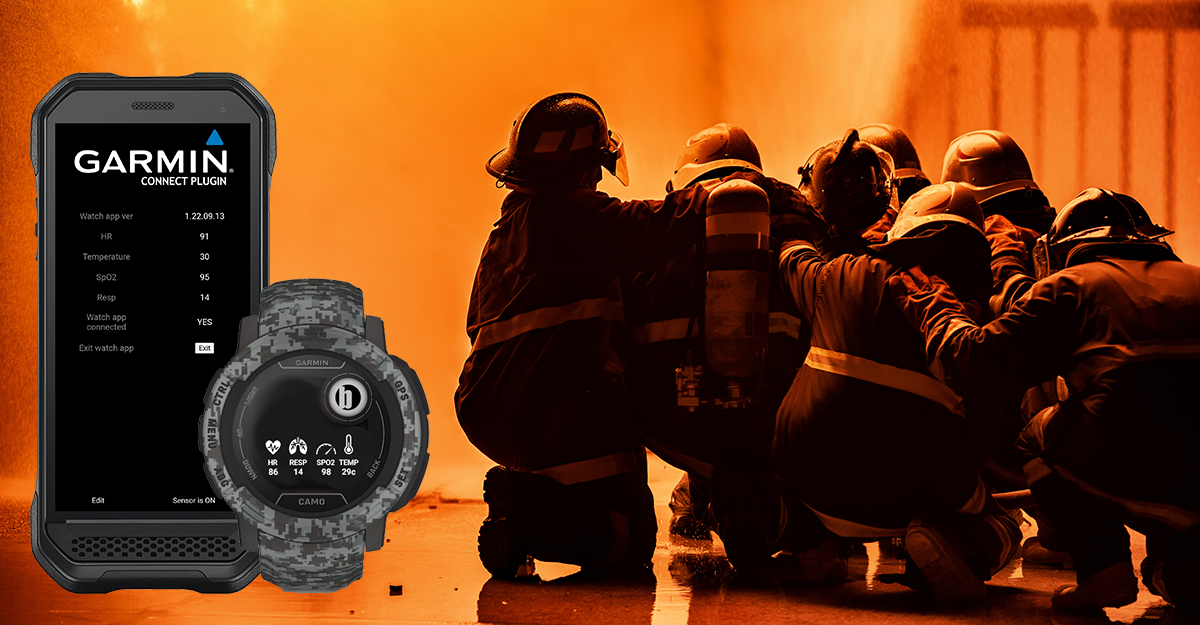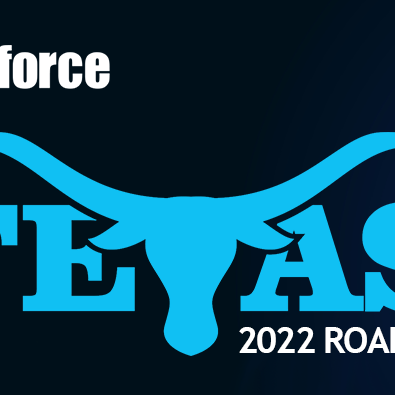Blueforce Plugin Series: Orchestration Targets
The Internet of Things (IoT), by definition, is a wide array of “things†that can connect and exchange data over a network. This “network†can take many forms to include the “big†internet, an enterprise network, and in most places where we work, a closed network “bubbleâ€. The reality is that once many organizations begin to leverage “sensingâ€, it becomes clear very quickly that exchanging...
Read More


